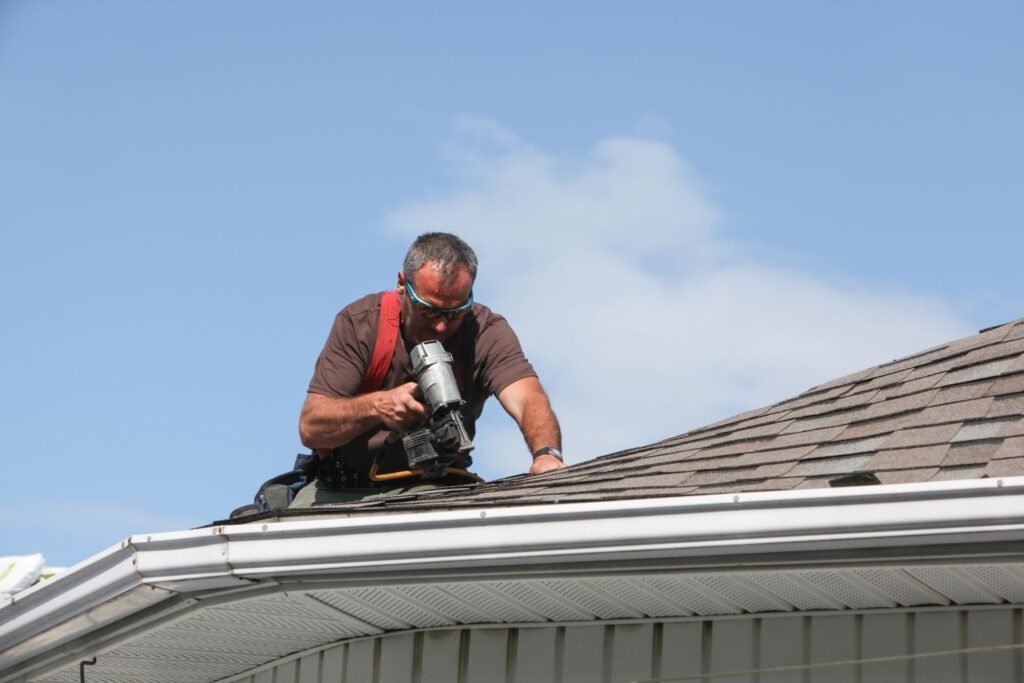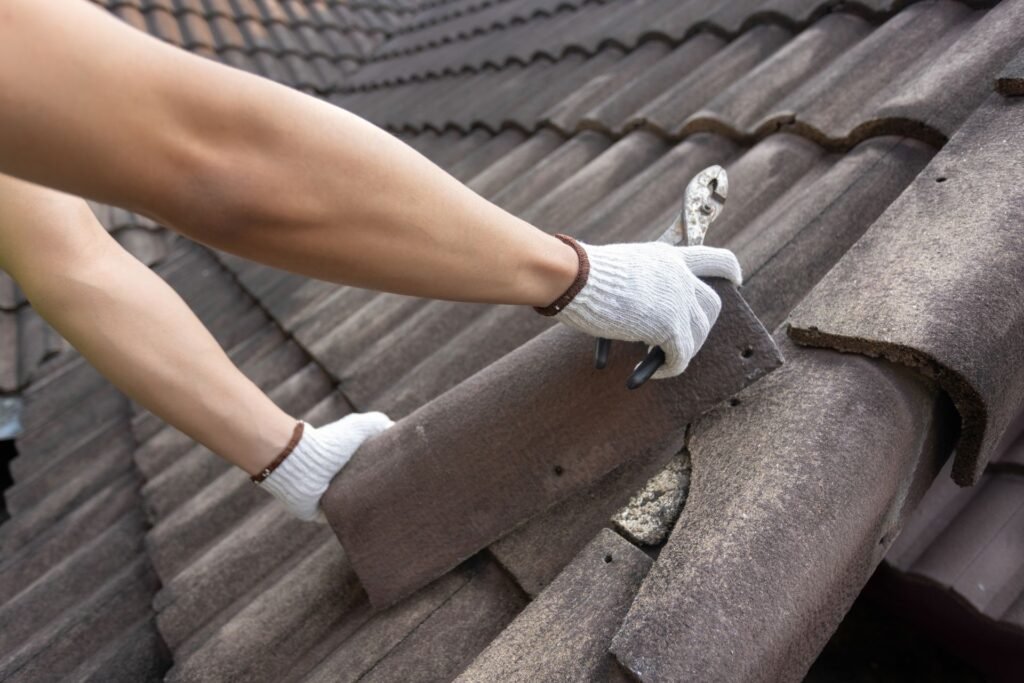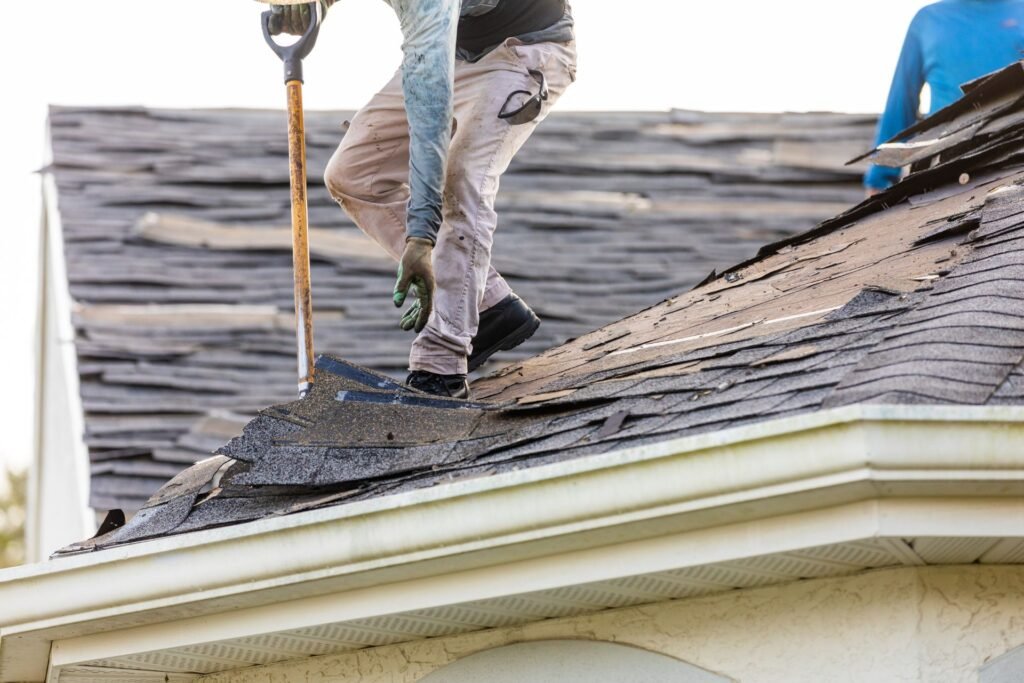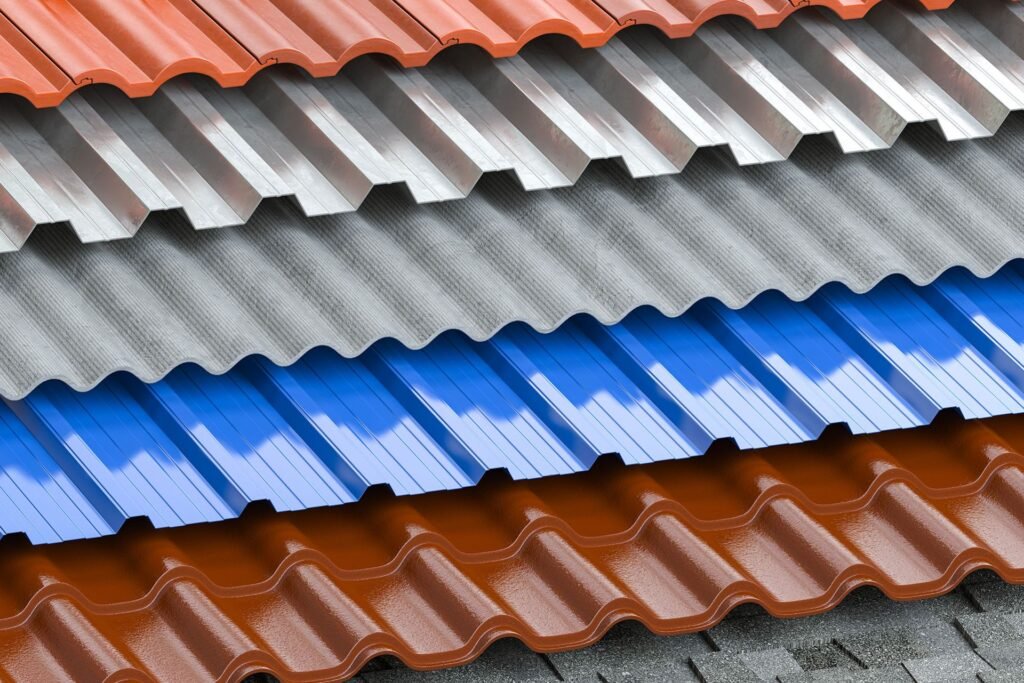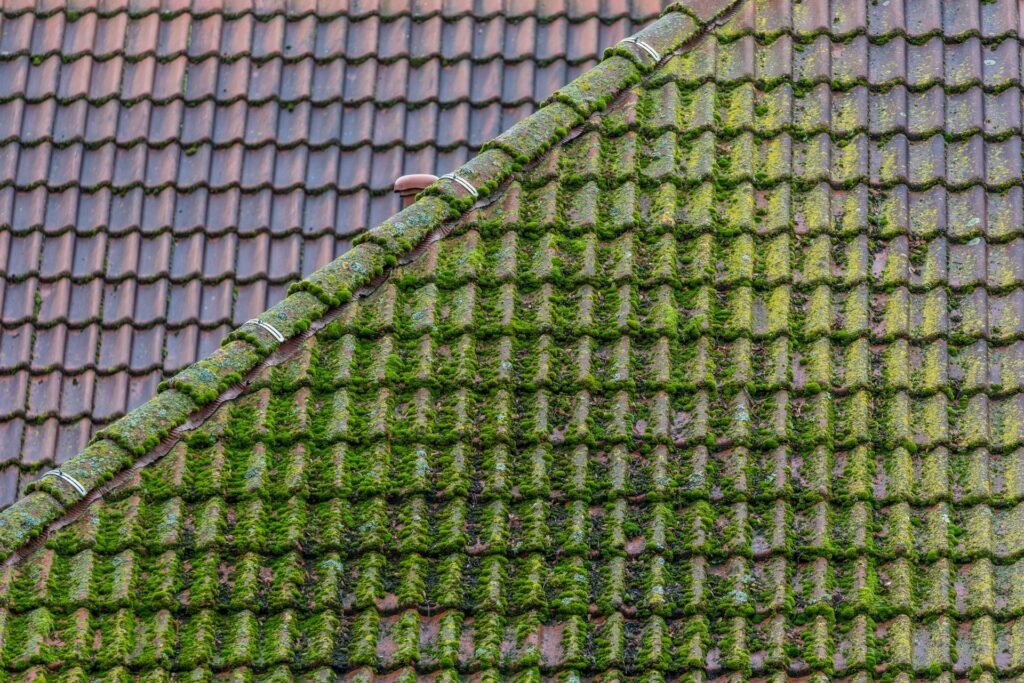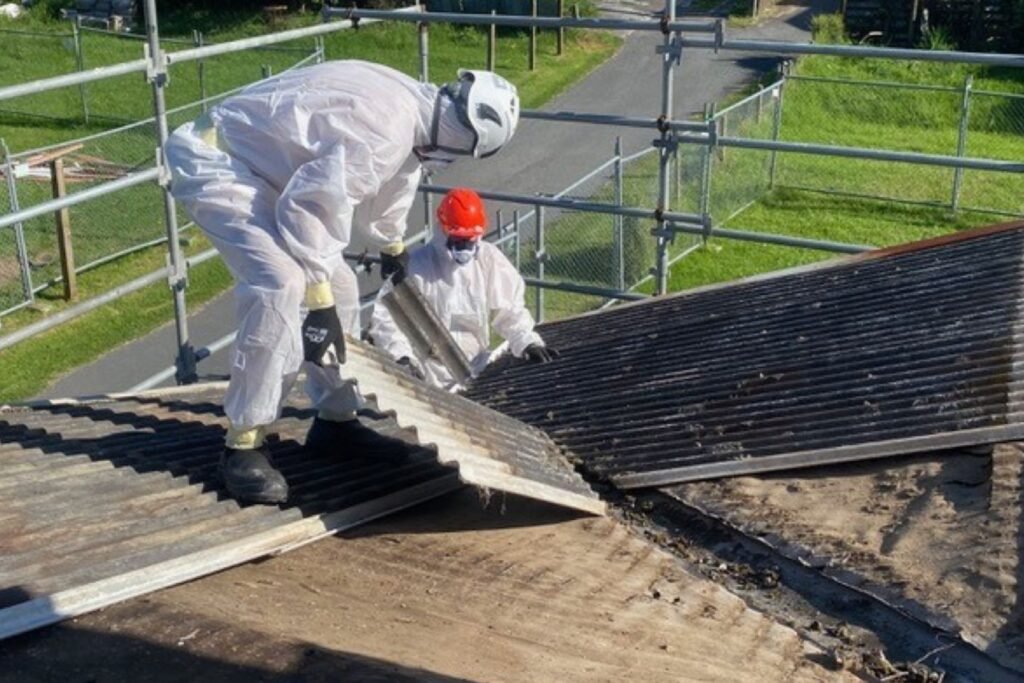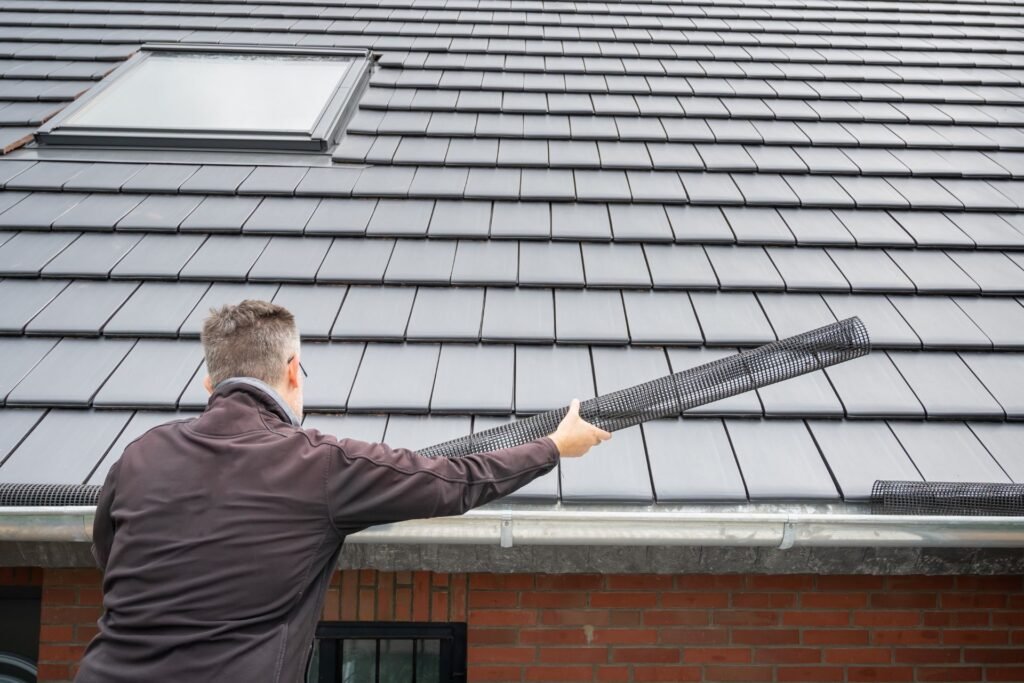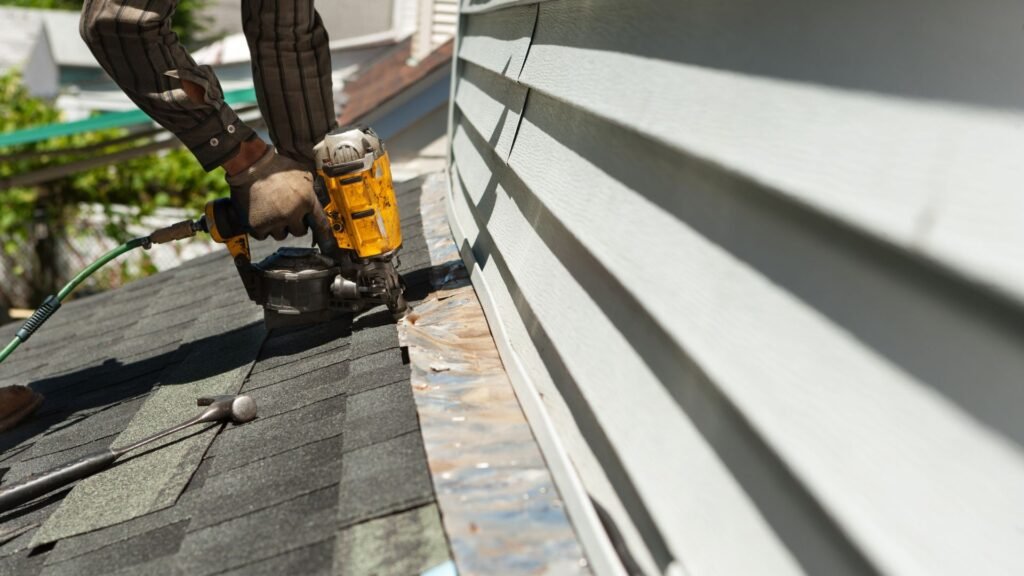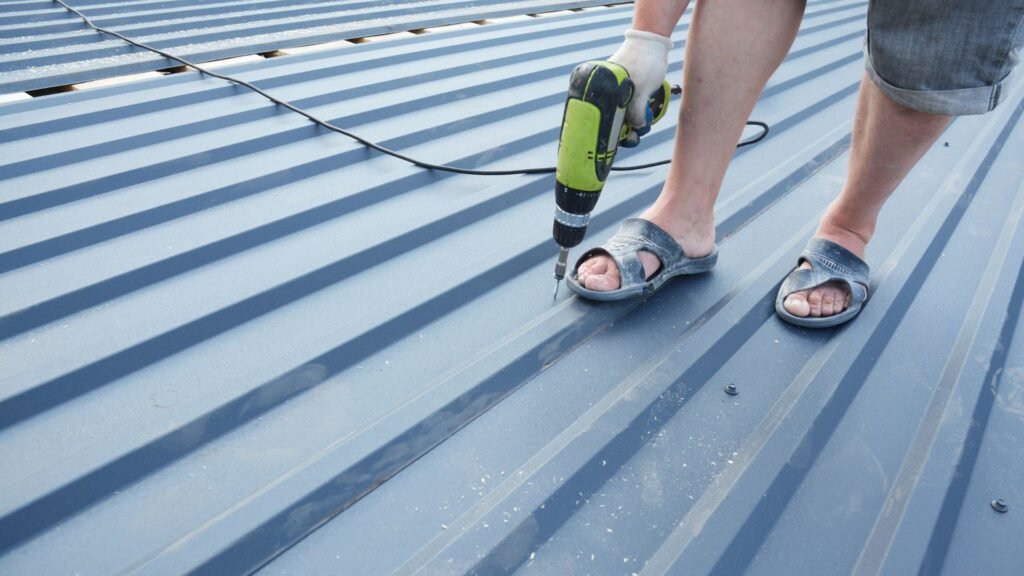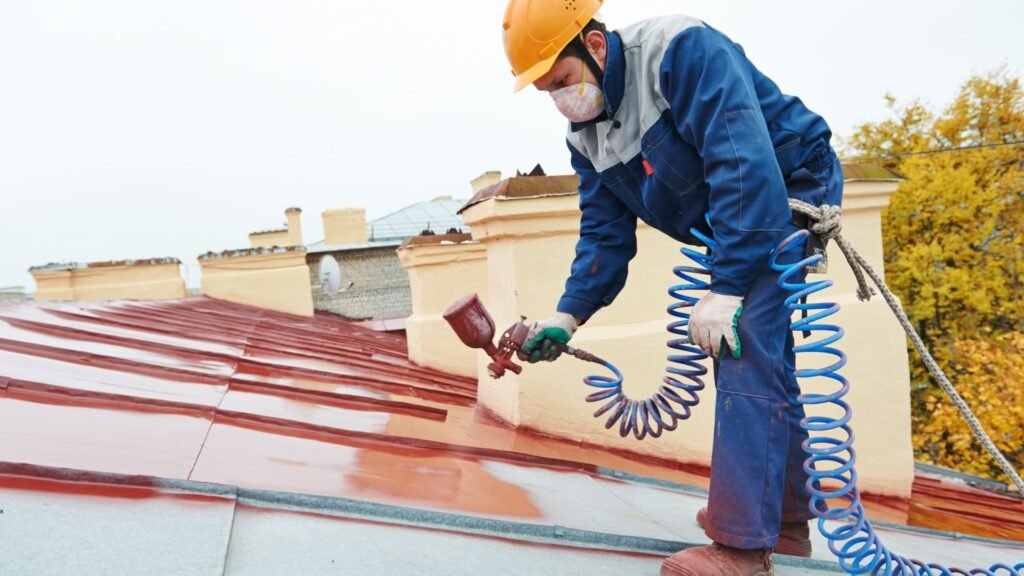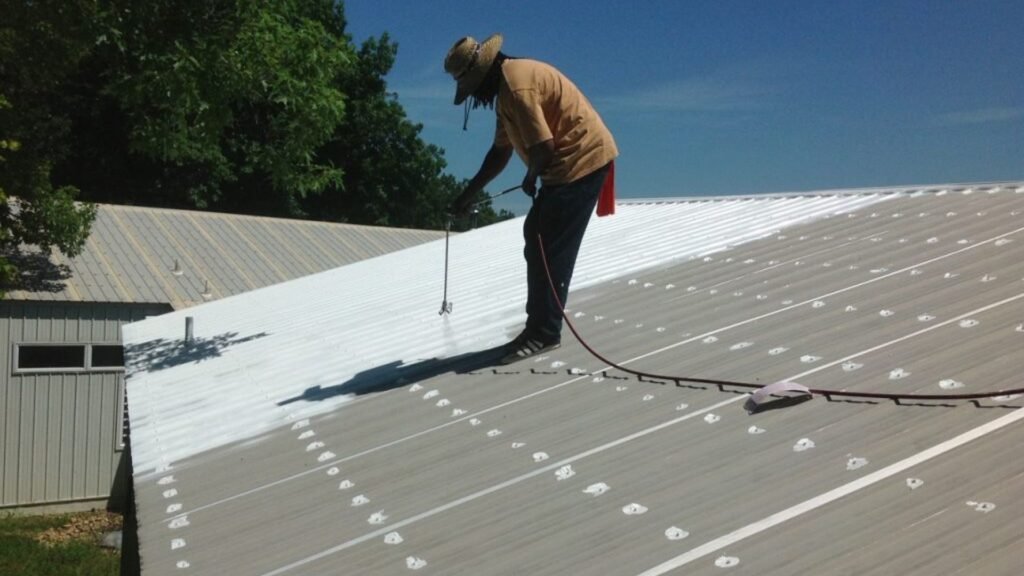Welcome to our comprehensive guide on understanding roofing cost per square meter in New Zealand. Whether you’re planning a new roof installation or considering a replacement, knowing the various factors that influence roofing costs can save you time, money, and stress. In this post, we’ll delve into the different types of roofing materials, labor costs, and other crucial elements that affect pricing. We’ll also provide average cost estimates, budgeting tips, and practical advice to help you make informed decisions about your roofing project. So, let’s get started and equip you with the knowledge you need to manage your roofing expenses effectively.
On average, the cost of roofing per square meter in New Zealand varies depending on the material and complexity of the roof. Asphalt shingles typically cost between $50 and $70 per square meter, metal roofing ranges from $80 to $110 per square meter, and tile roofing can cost between $150 and $200 per square meter. Factors such as labor rates, roof pitch, and additional features like insulation and skylights also impact the overall cost. For an accurate estimate, consider obtaining quotes from local roofing contractors and factoring in potential additional expenses for removal of existing roofing and permits.
Table of Contents
Why Knowing Roofing Costs Is Important
Home Investment
Investing in your roof is one of the most crucial aspects of home maintenance. A well-maintained roof not only enhances the aesthetic appeal of your home but also significantly boosts its market value. When you decide to replace or repair your roof, you’re making a substantial investment in your property’s future. This investment protects your home from the elements, ensures the safety of your family, and contributes to the overall structural integrity of the building.
Moreover, understanding roofing costs allows you to choose the best materials and contractors for your budget, ensuring you get the highest quality work for your money. Whether you opt for asphalt shingles, metal roofing, or tiles, knowing the cost implications of each option helps you make informed decisions that will benefit you in the long run. A durable, high-quality roof can last for decades, providing peace of mind and saving you money on future repairs.
Budget Planning
Accurate knowledge of roofing costs is essential for effective financial planning. Roof repairs and replacements can be expensive, and unexpected costs can strain your budget if you’re not prepared. By understanding the potential costs involved, you can set aside the necessary funds and avoid financial surprises.
Planning your budget with roofing costs in mind also allows you to prioritize your spending. You can allocate resources to the most critical home maintenance tasks, ensuring that your roof receives the attention it needs. Additionally, being aware of the costs helps you explore financing options, such as home improvement loans or lines of credit, to cover the expenses without compromising your financial stability.
Furthermore, knowing the costs associated with roofing can help you negotiate better deals with contractors. When you have a clear understanding of the market rates, you can compare quotes and choose a contractor who offers the best value for your money. This approach not only ensures you get quality work but also helps you stay within your budget.
In conclusion, understanding roofing costs is vital for maintaining and enhancing your home’s value, as well as for effective financial planning. It enables you to make informed decisions, avoid unexpected expenses, and ensure that your home remains a safe, secure, and valuable asset for years to come.
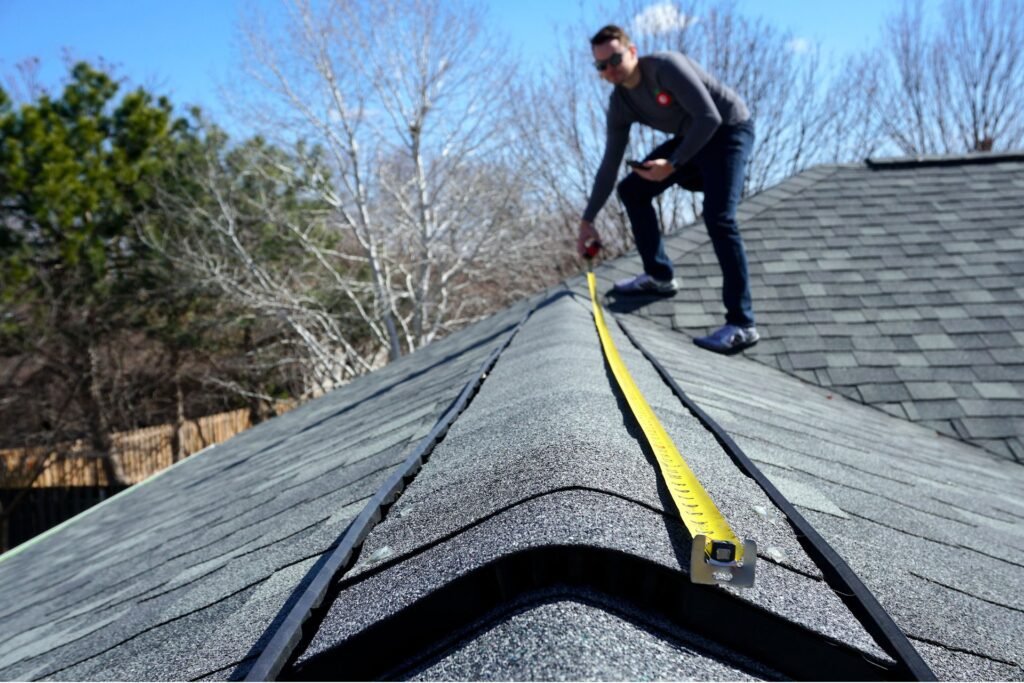
Factors Affecting Roofing Cost Per Square Meter In NZ
Understanding the various factors that influence roofing costs per square meter in New Zealand is crucial for homeowners planning a roofing project. Here’s a detailed breakdown of these factors:
Material Types
1. Asphalt Shingles
- Cost-Effective: Asphalt shingles are one of the most affordable roofing materials, making them a popular choice among homeowners on a budget.
- Durability: They offer decent durability, typically lasting between 15 to 30 years, depending on the quality.
- Variety: Available in a range of colors and styles, they can complement various architectural designs.
2. Metal Roofing
- Longevity: Metal roofs can last 40 to 70 years, which makes them a cost-effective option in the long run despite the higher initial cost.
- Weather Resistance: They are highly resistant to harsh weather conditions, including heavy rain, wind, and hail.
- Energy Efficiency: Metal roofing reflects solar radiant heat, which can reduce cooling costs by 10-25%.
3. Tile Roofing
- Aesthetic Appeal: Tile roofs offer a distinctive look that can enhance the curb appeal of a home.
- Durability: Tiles are incredibly durable and can last over 50 years if maintained properly.
- Cost: Tile roofing is generally more expensive due to the materials and the need for skilled labor during installation.
4. Wood Shingles
- Natural Appearance: Wood shingles provide a rustic and natural look that is highly appealing.
- Insulation: They offer excellent insulation properties, keeping homes cooler in summer and warmer in winter.
- Maintenance: Wood shingles require regular maintenance to prevent rot and insect damage, which can add to the overall cost.
5. Slate Roofing
- High-End Option: Slate is one of the most expensive roofing materials due to its natural beauty and exceptional longevity.
- Durability: Slate roofs can last 75 to 100 years, making them a lifetime investment.
- Weight: Slate is very heavy, so the building structure must be able to support its weight, potentially increasing the installation costs.
6. Synthetic Materials
- Cost-Effective Alternatives: Synthetic roofing materials, like rubber, plastic, and polymer composites, mimic the appearance of more expensive options like slate and wood at a lower cost.
- Durability: These materials are designed to be durable and weather-resistant, with lifespans comparable to their natural counterparts.
Labor Costs
1. Regional Variations
- Labor costs can vary significantly across different regions in New Zealand. Urban areas typically have higher labor costs compared to rural areas due to the higher cost of living and demand for skilled workers.
2. Skilled vs. Unskilled Labor
- Hiring skilled labor is more expensive but ensures a higher quality of workmanship and fewer issues down the line. Unskilled labor might reduce initial costs but could result in higher maintenance and repair expenses.
Roof Complexity
1. Roof Pitch
- The pitch or steepness of the roof affects the complexity of the installation. Steeper roofs are more challenging and dangerous to work on, increasing labor costs.
2. Design and Shape
- Complex roof designs with multiple angles, valleys, and dormers require more time and expertise to install, leading to higher labor costs.
Size of the Roof
1. Total Area
- The size of the roof directly impacts the total cost. Larger roofs require more materials and labor, which scales up the overall expense.
- Economies of Scale: Sometimes, the cost per square meter can decrease slightly with larger projects due to bulk purchasing of materials and more efficient use of labor.
Additional Features
1. Insulation
- Adding insulation during the roofing project can improve energy efficiency but also adds to the initial cost. The type and thickness of insulation chosen will influence the total expense.
2. Skylights
- Installing skylights can enhance natural lighting and ventilation but requires additional labor and materials, increasing the overall roofing cost.
3. Gutters
- Including gutters in the roofing project helps manage rainwater effectively but adds to the total cost. The type of gutters chosen will also impact the final price.
Removal of Existing Roof
1. Cost Implications
- The process of removing old roofing materials can be labor-intensive and time-consuming, adding to the overall project cost. Disposal fees for old materials also need to be considered.
- Hazardous Materials: If the existing roof contains hazardous materials like asbestos, specialized removal and disposal services will be required, significantly increasing the cost.
By understanding these factors, homeowners can better plan their roofing projects and make informed decisions to manage costs effectively. Whether choosing the right material or considering the complexities of roof design, each aspect plays a crucial role in determining the final expense of roofing per square meter in New Zealand.
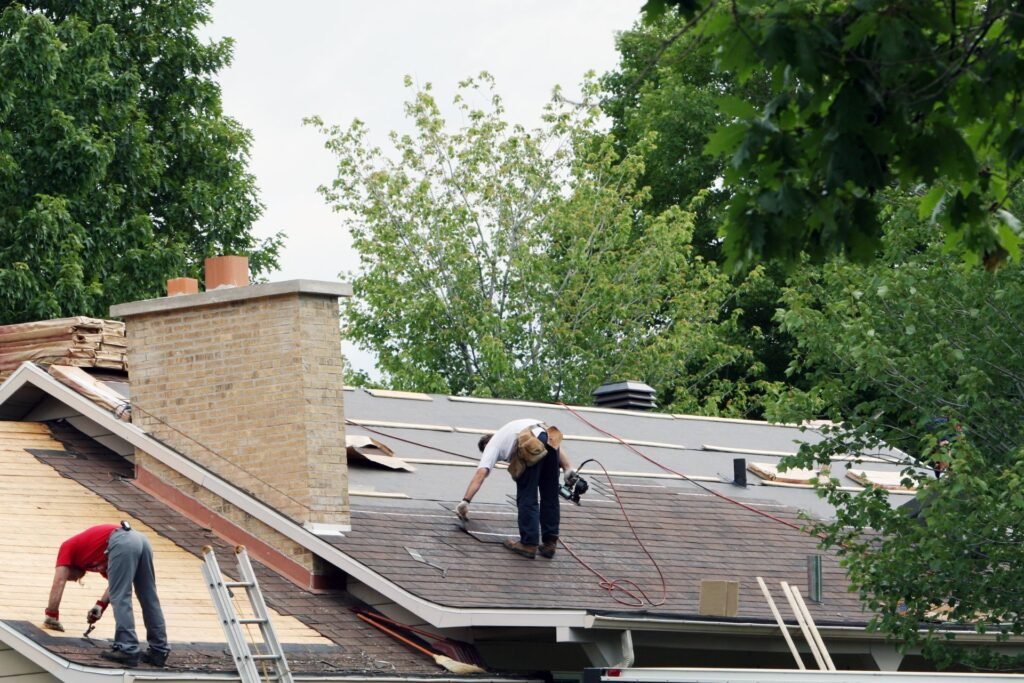
Average Roofing Costs Per Square Meter In NZ
Breakdown by Material Type
When considering a new roof, the cost is often a primary concern. In New Zealand, the cost of roofing can vary significantly depending on the material you choose. Here’s a detailed breakdown of the average costs per square meter for different types of roofing materials in NZ:
Asphalt Shingles
Asphalt shingles are one of the most affordable and popular roofing options in New Zealand. They are known for their durability and ease of installation. Costing between $60 and $80 per square meter, they offer excellent value for money, especially for homeowners on a budget.
Metal Roofing
Metal roofing is another widely used material, favored for its longevity and modern aesthetic. The cost ranges from $90 to $130 per square meter. Metal roofs are particularly popular in areas with harsh weather conditions due to their robustness and ability to withstand extreme weather.
Concrete Tiles
Concrete tiles are a durable option with a slightly higher price range of $70 to $100 per square meter. They provide a traditional look and are highly resistant to fire and weather damage. However, they are heavier than other materials, which can increase the overall structural requirements and costs.
Clay Tiles
For a more premium option, clay tiles are priced between $120 and $160 per square meter. They are known for their timeless beauty and exceptional durability, making them a popular choice for homeowners looking for a long-term investment. Clay tiles are also environmentally friendly and energy-efficient.
Wooden Shingles
Wooden shingles, costing between $140 and $180 per square meter, offer a unique and natural look. They are ideal for homes with a rustic or traditional design. While they provide good insulation, they require regular maintenance to prevent issues such as rot and insect damage.
Slate
Slate is the most expensive roofing material on the list, ranging from $200 to $300 per square meter. It is highly durable and can last for over a century with proper care. Slate roofs add an elegant and sophisticated touch to any home, making them a worthwhile investment for those seeking luxury and long-term durability.
Comparison with Global Costs
To give you a better perspective, let’s briefly compare these costs with roofing prices in other countries. In the United States, asphalt shingles typically cost between $80 and $120 per square meter, making them slightly more expensive than in New Zealand. Metal roofing in the US ranges from $120 to $180 per square meter, also higher than the NZ average. In the UK, concrete tiles cost approximately £60 to £90 per square meter ($120 to $180 NZD), which is on the higher end compared to New Zealand.
Overall, roofing costs in New Zealand are relatively competitive when compared globally. Factors such as local availability of materials, labor costs, and regional weather conditions play significant roles in these variations. For homeowners in New Zealand, understanding these costs can help in making informed decisions when planning roofing projects.
By providing a detailed breakdown and global comparison, we aim to offer a comprehensive guide that helps you navigate the complexities of roofing costs in New Zealand, ensuring you find the best option for your needs and budget.
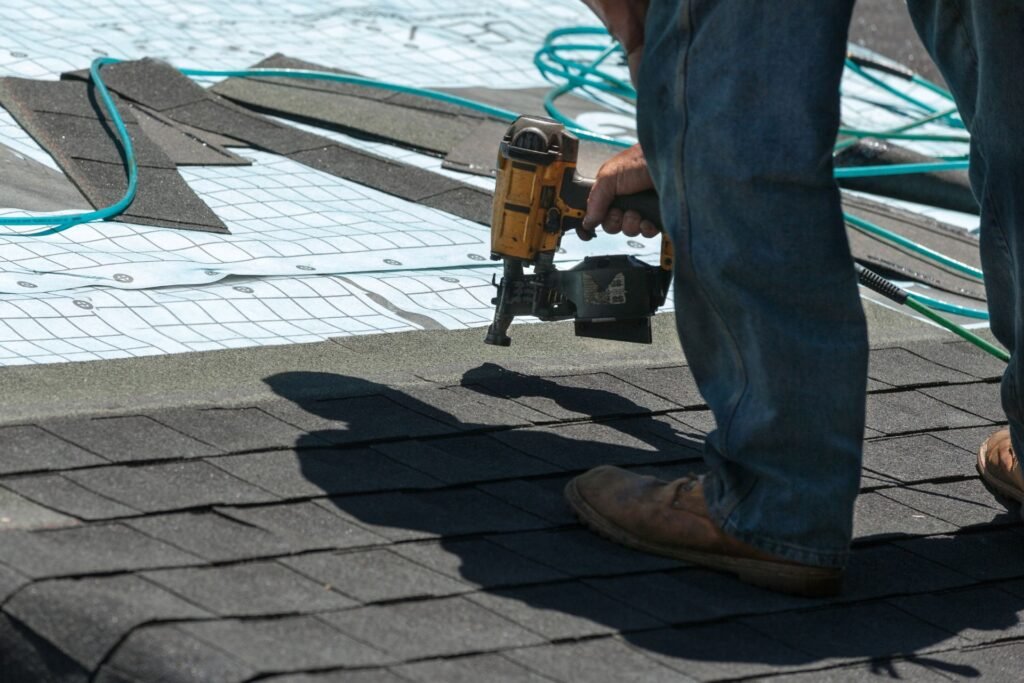
Detailed Cost Breakdown
When planning a project, understanding the detailed cost breakdown is crucial to budgeting accurately and avoiding unexpected expenses. Here’s a comprehensive look at the costs involved:
Material Costs
Material costs can vary significantly depending on the type of project and the materials used. Here are some average costs for commonly used materials:
- Timber: The cost of timber can range from $20 to $50 per square meter, depending on the type and quality of wood.
- Concrete: Concrete costs around $100 to $150 per cubic meter, which can fluctuate based on the grade and additives.
- Composite Decking: This modern material costs between $50 and $100 per square meter, offering durability and low maintenance.
When selecting materials, it’s essential to consider not only the upfront costs but also the long-term value, maintenance requirements, and aesthetic appeal.
Labor Costs
Labor costs are another significant component of any construction project. These costs are influenced by various factors, including the complexity of the job, the skill level required, and local labor rates. Here’s a breakdown:
- Carpentry Work: Professional carpenters typically charge between $40 and $60 per hour.
- Concrete Work: Labor costs for concrete work can range from $30 to $50 per hour, depending on the project’s complexity.
- Landscaping and Excavation: These tasks usually cost between $25 and $45 per hour, with prices varying based on the terrain and scope of work.
Labor costs can also be affected by the project’s location, with urban areas often having higher rates due to the cost of living.
Additional Costs
Beyond materials and labor, several additional costs can impact your overall budget. It’s essential to factor these into your planning:
- Permits: Obtaining the necessary permits for your project can range from $100 to $500, depending on the scope and local regulations.
- Disposal Fees: Proper disposal of construction waste is crucial and can cost between $50 and $200 per load, depending on the type and amount of waste.
- Unexpected Repairs: Always set aside a contingency budget of 10-15% of the total project cost for unexpected repairs or issues that may arise during construction.
By understanding these detailed cost breakdowns, you can better prepare for your project, ensuring that you have a realistic budget and can handle any surprises along the way. Proper planning and budgeting will help you achieve your desired outcome without unnecessary financial stress.

Case Studies Or Examples
Example 1: Small Suburban Home
In our first example, let’s explore the construction of a small suburban home. This project utilized standard materials, including treated pine for the framework, concrete for the foundation, and traditional asphalt shingles for the roofing. The labor involved skilled carpenters, electricians, plumbers, and general laborers.
Materials Used
- Treated pine (framework)
- Concrete (foundation)
- Asphalt shingles (roofing)
- Standard insulation and drywall
- Basic fixtures and fittings
Labor
- Carpenters
- Electricians
- Plumbers
- General laborers
Total Cost
The total cost for this small suburban home came to approximately $200,000. This cost includes $100,000 for materials and $100,000 for labor. The project timeline was around six months, from breaking ground to moving in.
Example 2: Large Rural Property
Our second case study focuses on a large rural property, which presented unique challenges due to its size and location. The materials chosen were high-quality, durable options suitable for rural conditions, including hardwood for the framework, reinforced concrete for the foundation, and metal roofing to withstand harsh weather.
Materials Used
- Hardwood (framework)
- Reinforced concrete (foundation)
- Metal roofing
- Advanced insulation and high-end drywall
- Premium fixtures and fittings
Labor
- Specialized carpenters with experience in rural constructions
- Heavy machinery operators
- Electricians and plumbers
- Landscaping specialists
Total Cost
The total cost for this large rural property was approximately $500,000. Materials accounted for $250,000, with another $250,000 going toward labor. The extensive work required a longer timeline, completing in about twelve months.
Example 3: Commercial Building
The third example is a commercial building designed for office spaces. This project required robust materials and specialized labor to meet commercial building codes and standards. Steel framing, reinforced concrete, and advanced HVAC systems were crucial components.
Materials Used
- Steel framing
- Reinforced concrete (foundation and floors)
- Advanced HVAC systems
- Fire-resistant insulation and drywall
- High-grade fixtures and office fittings
Labor
- Structural engineers
- Commercial construction workers
- HVAC specialists
- Electricians and plumbers
- Finishing crews for interior design
Total Cost
For this commercial building, the total cost was approximately $1,000,000. Material costs reached $600,000 due to the high quality and quantity required, while labor costs were $400,000. The project was completed within eighteen months, adhering to all commercial regulations and standards.
By examining these case studies, we can see the diversity in costs and requirements across different types of construction projects. Whether building a small suburban home, a large rural property, or a commercial building, understanding the materials and labor involved is crucial for accurate budgeting and successful project completion.

How To Budget For A Roofing Project
Planning a roofing project involves meticulous budgeting to ensure you stay within your financial limits while achieving the desired results. Here’s a step-by-step guide to help you budget effectively for your roofing project.
Initial Research
The first step in budgeting for a roofing project is conducting thorough research. Start by gathering multiple quotes from reputable roofing contractors in your area. Here’s how you can go about it:
1. Identify Potential Contractors: Search online, ask for recommendations from friends or family, and check local directories for trusted roofing contractors.
2. Request Detailed Quotes: Contact at least three contractors and request detailed quotes. Ensure the quotes include material costs, labor, and any additional fees.
3. Compare Prices and Services: Once you have the quotes, compare them not just on price but also on the scope of services, warranty offerings, and contractor reputation. Look for reviews and ratings online to gauge the quality of their work.
This initial research phase is crucial as it provides a clear picture of the potential costs involved and helps you choose a contractor that offers the best value for your money.
Setting a Realistic Budget
After gathering quotes, the next step is to set a realistic budget. Here’s how you can do it:
1. Calculate Total Project Cost: Based on the quotes, estimate the total cost of the project. Include the cost of materials, labor, permits, and any other expenses highlighted in the quotes.
2. Include a Contingency Fund: Roofing projects can often encounter unexpected issues such as hidden water damage or additional repairs. Allocate an extra 10-15% of your budget as a contingency fund to cover unforeseen expenses.
3. Prioritize Quality: While it might be tempting to go for the lowest quote, prioritize quality and reliability. Investing in durable materials and skilled labor can save you from future repair costs.
A well-thought-out budget ensures that you are financially prepared for the project and can handle any surprises without stress.
Financing Options
Financing a roofing project can be challenging, but there are several options available in New Zealand to help you manage the costs:
1. Personal Loans: Many banks and financial institutions offer personal loans that can be used for home improvement projects. Compare interest rates and terms to find the best option for your needs.
2. Home Improvement Loans: Some lenders provide specific loans for home improvement projects, which often come with favorable terms and conditions.
3. Government Grants: Check if you qualify for any government grants or subsidies aimed at home renovations or energy-efficient improvements.
4. Credit Cards: For smaller projects, using a credit card might be a viable option. Ensure you can pay off the balance quickly to avoid high-interest charges.
5. Savings: If possible, use your savings to finance the project. This avoids interest payments and reduces your overall cost.
By exploring these financing options, you can choose the one that best suits your financial situation, ensuring you can comfortably afford your roofing project.
In conclusion, budgeting for a roofing project involves thorough research, setting a realistic budget with a contingency fund, and exploring various financing options. By following these steps, you can ensure a smooth and financially manageable roofing project.
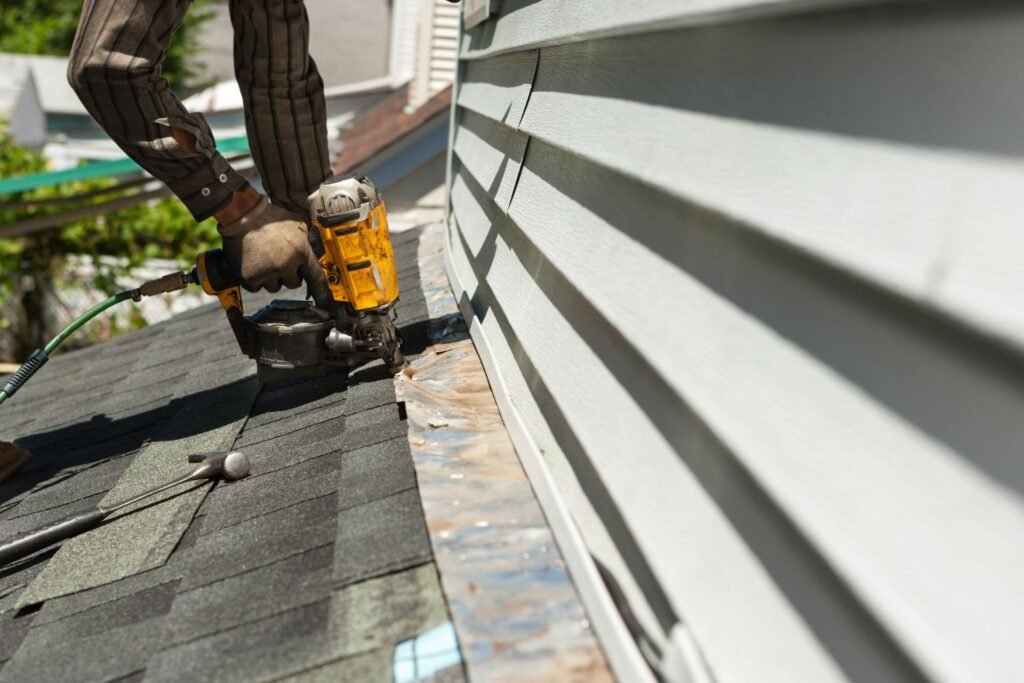
Tips For Reducing Roofing Costs
Roofing costs can be significant, but there are smart strategies to help you save money without compromising on quality. Here are some practical tips for reducing roofing costs:
Choosing the Right Material
The material you choose for your roof can have a major impact on the overall cost. Here’s what to consider:
Cost vs. Longevity
When selecting roofing materials, it’s crucial to balance upfront costs with the lifespan of the material. Asphalt shingles are popular due to their affordability and decent lifespan. On the other hand, metal roofing might be more expensive initially, but it can last significantly longer, which might save you money in the long run. Evaluate different materials and consider both their initial costs and how long they’ll last to find the best value for your budget.
Timing Your Project
The timing of your roofing project can greatly influence the cost. Here’s how:
Off-Season Discounts
Roofing companies often have peak seasons, typically in late spring through early fall. By scheduling your project during the off-season, such as winter or early spring, you may be able to take advantage of lower prices. Many contractors offer discounts and promotions during these slower periods, which can lead to substantial savings.
DIY vs. Professional Installation
Deciding whether to do it yourself or hire a professional is another key factor in managing roofing costs:
Feasibility of DIY
If you have the skills and experience, doing some of the roofing work yourself can save labor costs. Simple tasks like minor repairs or maintenance can be handled DIY. However, for major installations or repairs, it’s often more cost-effective and safer to hire professionals. They have the expertise to ensure the job is done correctly and efficiently, potentially saving you money on future repairs caused by improper installation.
Regular Maintenance
Regular maintenance can extend the life of your roof and prevent expensive repairs:
Preventative Measures
Regularly inspecting your roof and performing basic maintenance tasks, such as cleaning gutters and removing debris, can prevent small issues from becoming major problems. Addressing minor repairs promptly can extend the life of your roof and avoid the need for costly replacements. Additionally, scheduled maintenance by a professional can identify potential issues early, ensuring your roof remains in good condition and reducing long-term costs.
By considering these tips, you can effectively manage and reduce your roofing expenses while maintaining the quality and longevity of your roof. Balancing material costs, timing your project strategically, knowing when to DIY, and committing to regular maintenance are all effective ways to save money on your roofing needs.
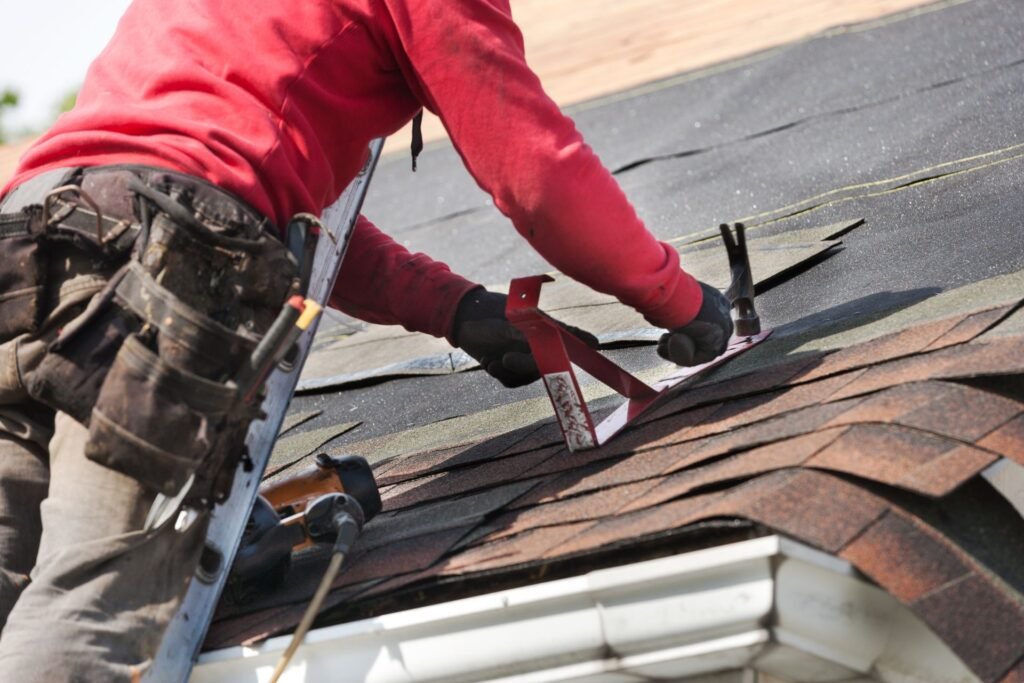
FAQs: About Roofing Cost Per Square Meter NZ
What is the cheapest roofing material in New Zealand?
Asphalt shingles are generally the cheapest roofing material in New Zealand, costing between $50 and $70 per square meter.
How long does a typical roofing project take?
The duration of a roofing project can vary, but on average, it takes about 1-2 weeks for residential roofs, depending on the size and complexity of the roof.
Are there any government grants for roofing in New Zealand?
Yes, there are some government grants and subsidies available for energy-efficient roofing options and home improvement projects. Check with local authorities or government websites for the latest information.
How often should a roof be replaced?
The lifespan of a roof depends on the material. Asphalt shingles typically last 15-20 years, metal roofs can last 40-70 years, and tile roofs can last over 50 years. Regular maintenance can extend the life of any roof.
What factors most influence the cost of roofing?
Key factors include the type of roofing material, labor costs, roof complexity (such as pitch and design), size of the roof, and additional features like insulation and skylights.
Can I install a new roof over my existing one?
It is possible to install a new roof over an existing one, but it depends on the current condition of the roof and local building codes. Consulting a professional is recommended to ensure safety and compliance.
What should I look for in a roofing contractor?
Look for a licensed and insured contractor with good reviews and a solid reputation. Ask for references, check previous work, and ensure they provide a detailed estimate.
How can I maintain my roof to extend its lifespan?
Regular inspections, cleaning gutters, removing debris, fixing minor damages promptly, and ensuring proper ventilation can help maintain your roof and extend its lifespan.
What additional costs should I consider when budgeting for a new roof?
Additional costs can include the removal of old roofing materials, permits, disposal fees, and potential repairs for underlying structures. It’s wise to add a contingency fund to your budget for unexpected expenses.
Is a warranty important for a new roof?
Yes, a warranty is important as it protects against defects in materials and workmanship. Ensure you understand the terms of the warranty provided by both the manufacturer and the contractor.
Conclusion
In conclusion, it’s crucial to recap the essential points covered in this post, ensuring you have a clear understanding of the topic. Thorough research and obtaining multiple quotes are paramount for making informed decisions. By doing so, you can ensure that you’re choosing the best possible options for your needs. We encourage you to share your experiences or questions in the comments below, as this can foster a helpful community discussion. For personalized advice tailored to your specific situation, don’t hesitate to contact local roofing experts who can provide you with the best guidance.
About the Author:
Mike Veail is a recognized digital marketing expert with over 6 years of experience in helping tradespeople and small businesses thrive online. A former quantity surveyor, Mike combines deep industry knowledge with hands-on expertise in SEO and Google Ads. His marketing strategies are tailored to the specific needs of the trades sector, helping businesses increase visibility and generate more leads through proven, ethical methods.
Mike has successfully partnered with numerous companies, establishing a track record of delivering measurable results. His work has been featured across various platforms that showcase his expertise in lead generation and online marketing for the trades sector.
Learn more about Mike's experience and services at https://theleadguy.online or follow him on social media:

